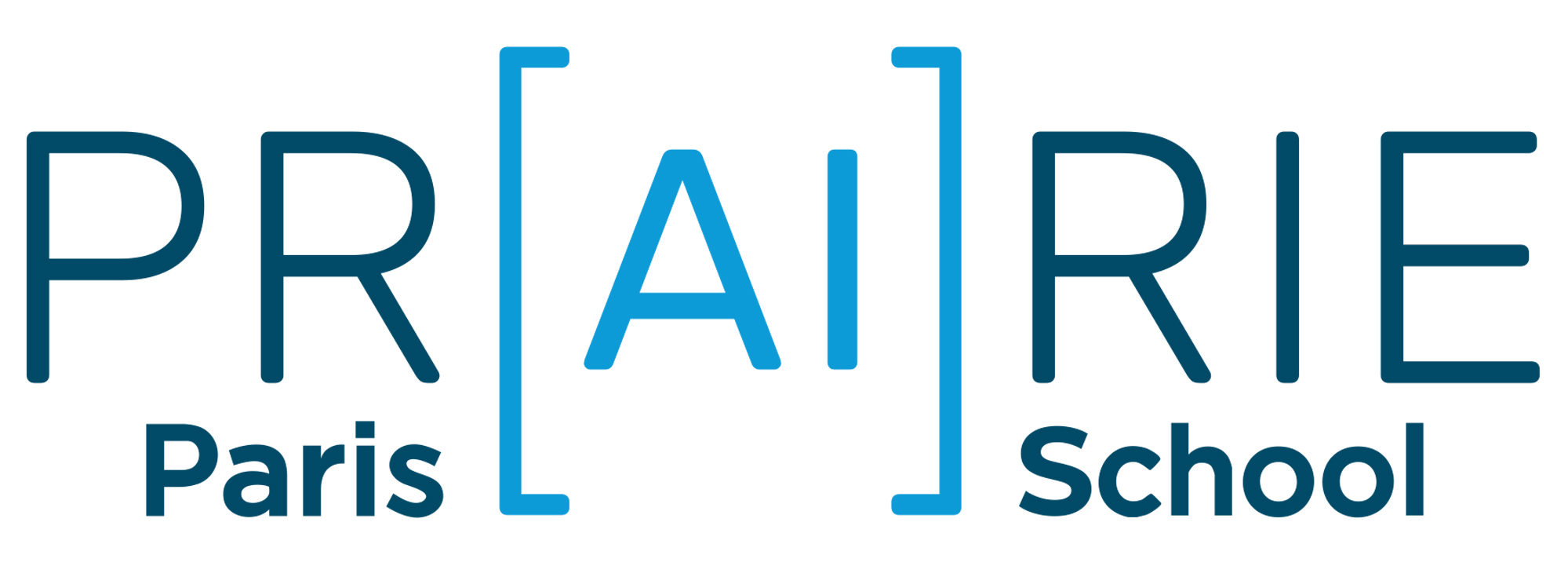Machine learning with mechanistic models
Zoom: https://u-paris.zoom.us/j/82231267433?pwd=SHl6YkpIM3ZFck5oNTN4UWR1dkRldz09
Speaker: Srini Turaga, Janelia
Bio
My PhD at MIT was supervised by Sebastian Seung during which I developed machine learning methods for reconstructing the connectivity of neural circuits from 3d electron microscopic datasets. Led by Winfried Denk, we used these methods to map the circuitry of the inner plexiform layer of the mouse retina. These methods are also the “AI” that power EyeWire, a citizen-science project led by the Sebastian Seung, which uses crowd-sourcing to map a much larger volume of the mouse retina, also imaged by the Denk lab. During my postdoc at the incredible Gatsby Unit at University College London, I was advised by Peter Dayan and Michael Hausser. At UCL, I worked on building statistical models of large-scale neural activity recordings. I also drank a lot of tea.
Abstract
In this talk, I will describe two projects using machine learning methods to build and optimize simulations of mechanistic models from neuroscience and optical physics. Such mechanistic models have a one to one correspondence with the world, enabling clear interpretability, but they can be challenging to optimize. In contrast, blackbox models constructed from modern deep networks are designed for ease of optimization but lack interpretability. In our work, we combine deep networks with mechanistic models to achieve the best of both worlds.
The first project will describe the development of a programmable microscope, a new kind of software microscope with millions of free parameters which can enable new forms of imaging, but which requires in silico optimization of its parameters. The second project will describe a connectome constrained simulation of the fruit fly visual system, in which each neuron corresponds to a real neuron on the fly brain and each connection corresponds to a real connection in the brain. This new kind of mechanistic model of the nervous system uses only measurements of neural connectivity measured in a dead brain to predict neural activity in the living brain.
